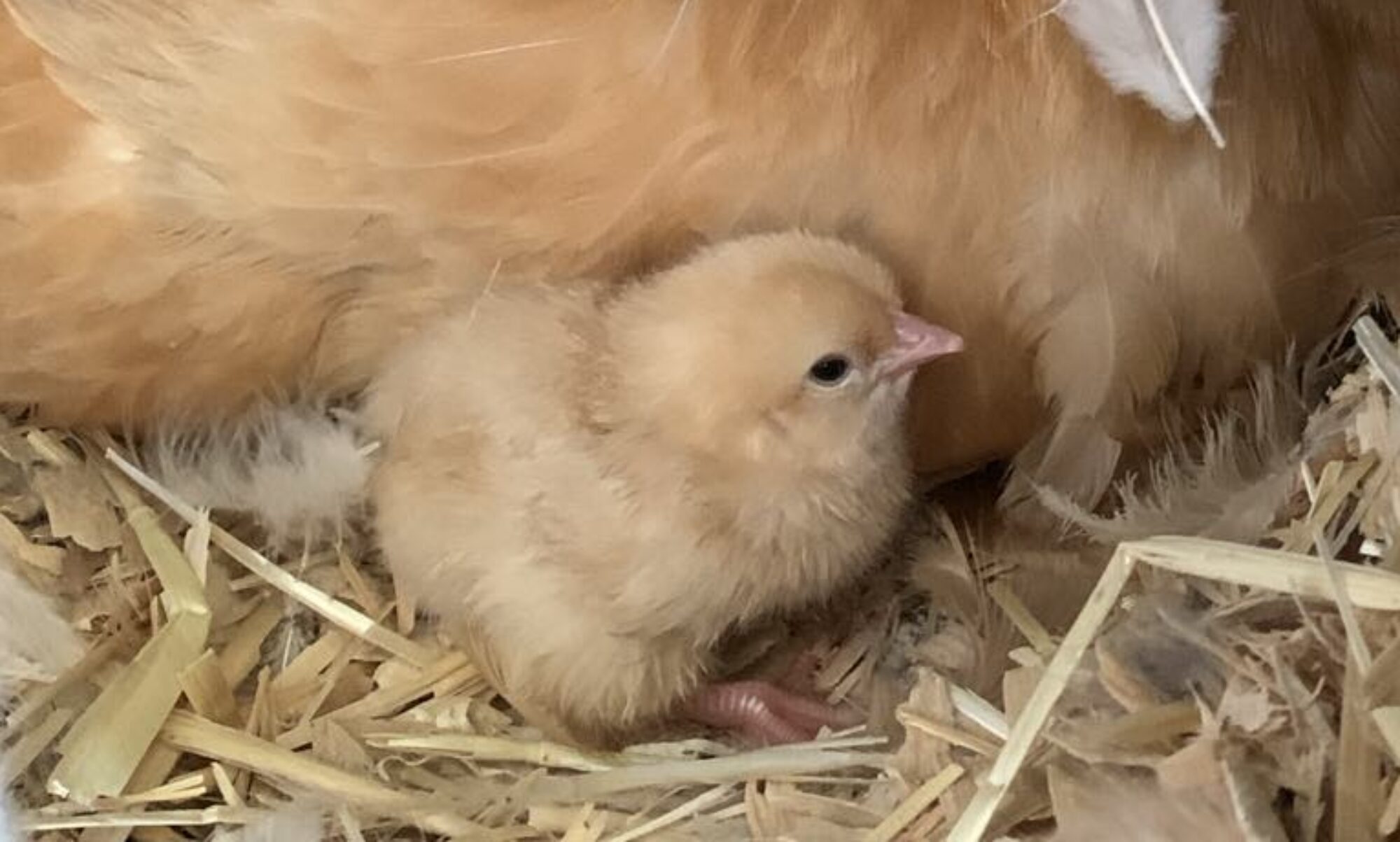Spring is just around the corner. It is the season of new life. I look forward to warmer weather and new life on the farm, whether fauna or flora. I also enjoy seeing all those sweet, adorable chicks and baby bunnies that show up in feed stores and farmer’s markets. Before taking on a new animal, do your research and understand what you are getting into and for how long. There have been times when I have had strays show up on my doorstep. In fact, that was how our rabbits were acquired. One early winter morning, I noticed three domestic rabbits eating food rations with the free-range chickens. They didn’t leave. I did not really know much about rabbits at the time, but I was about to learn!












